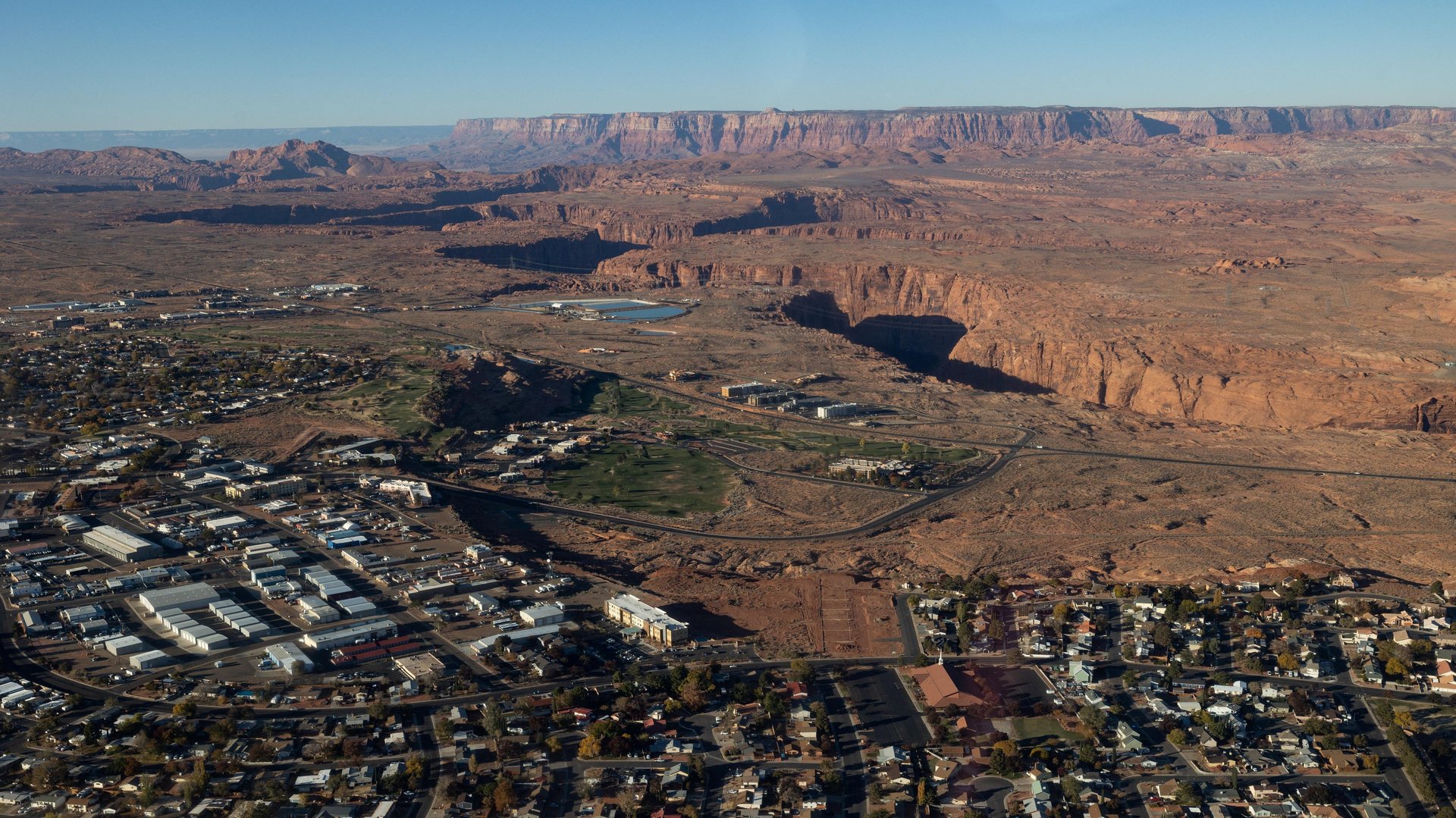Arizona doesn't have enough water for all of its new housing demand
Rising temperatures in the region have reduced water levels in the Colorado River

The groundwater under Arizona’s city of Phoenix has run to alarmingly low levels—not enough to keep up with its booming residential demand, the state’s Department of Water Resources stated in a report yesterday (June 1).
Phoenix, the US’s fifth-largest city with more than 5 million people, is the country’s fastest growing metropolitan region. The city has been a hot spot for new residents as well as high-tech businesses, including Taiwan Semiconductor Manufacturing Company.
In the suburbs, builders are extending construction of subdivisions through the desert. But the housing plans rely solely on groundwater—and an alternative plan is nowhere in sight for future development.
The water resources department report highlighted that the city “will experience 4.86 million acre-feet of unmet demand for groundwater supplies, given current conditions.” The unmet demand is a result of wells running dry, it said. The report added that “communities or developers seeking new Assured Water Supply determinations will need to do so based on alternative water sources.”
The state is denying approval for any homes that rely on groundwater beyond what the state has already authorized.
The analysis prepared by the state studied groundwater levels over the next 100 years. The findings are a stark reminder of the looming troubles of climate change.
What are the alternative water sources in the region?
The city of Phoenix and its suburbs source over half their water supply from groundwater, and rest is channeled through rivers, aqueducts and recycled wastewater. The 22-year megadrought and rising temperatures in the region have already lowered the water level in the Colorado River, a major source of water for Arizona and six other states.
According to the New York Times, depleting groundwater means homebuilders in Arizona must look for alternative sources, like buying access to river water from farmers or Native American tribes—though those groups have their own water shortages to deal with. Importing water from outside the state is another option, but an expensive one.
There are proposals local governments to build water pipelines from the Mississippi River or even the Pacific Ocean. Desalinating ocean water is expensive, though, which would cause water prices to skyrocket.
This would put financial strain on a region that has traditionally been a low-cost housing area.
“Housing affordability will be a challenge moving forward,” Spencer Kamps, vice president of legislative affairs for the Home Builders Association of Central Arizona, an industry group told The New York Times.